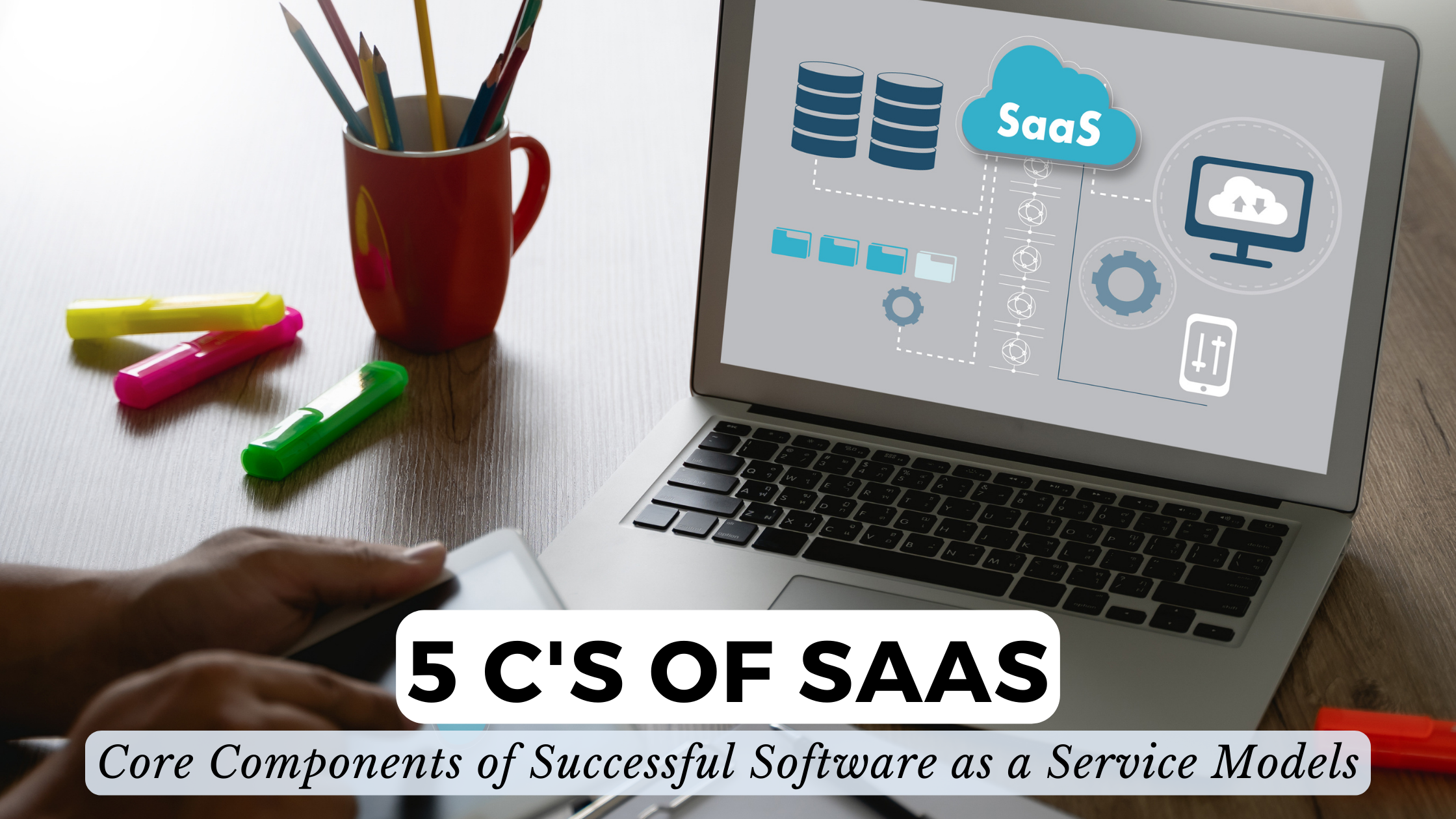5 C’s of SaaS: Core Components of Successful Software as a Service Models
- Expense Management Software Credit Cards Investing Business Solutions


5 C’s of SaaS: Core Components of Successful Software as a Service Models
In the dynamic landscape of Software as a Service (SaaS), understanding the fundamental pillars that define successful models is crucial. The 5 C’s encapsulate the core components that contribute to the triumph of SaaS platforms. Let’s delve into each of these components to unravel the secrets behind a thriving SaaS ecosystem.
1. Conceptualization: The Foundation of SaaS Innovation
Conceptualization forms the bedrock of SaaS success. It involves ideation, market research, and the identification of unmet needs. Successful SaaS models often emerge from a thorough understanding of target audiences and their pain points. Striking the right balance between innovation and practicality during the conceptualization phase is key.
2. Creation: Crafting Intuitive and Robust Solutions
Once the concept is solidified, the creation phase kicks in. This involves the development of the SaaS platform with a focus on user-centric design and functionality. The user interface, seamless integration, and scalability are critical considerations. Successful SaaS solutions offer intuitive interfaces and robust features that align with user expectations.
3. Customization: Tailoring Experiences for Diverse Users
Customization is the hallmark of effective SaaS platforms. It involves providing users with the flexibility to tailor the software to meet their specific needs. From personalized dashboards to configurable workflows, customization enhances user satisfaction and ensures the platform is adaptable across different industries and use cases.
4. Collaboration: Fostering Seamless Interaction and Integration
Collaboration is a pivotal component of SaaS success. Platforms that facilitate seamless collaboration among users, teams, and third-party integrations gain a competitive edge. SaaS solutions that integrate with other tools and services enhance productivity, making them indispensable for users seeking a unified and connected experience.
5. Continuous Improvement: Adapting to Evolving Needs
The SaaS landscape is dynamic, and continuous improvement is essential for longevity. Successful SaaS models embrace user feedback, monitor industry trends, and regularly update their features. This iterative process ensures that the platform remains relevant, secure, and aligned with the evolving needs of users.
SaaS Products Embodying the 5 C’s
As we explore the 5 C’s of SaaS, let’s highlight some relevant SaaS products that embody these principles:
- Notion: A collaborative workspace that exemplifies customization and seamless collaboration.
- Slack: A communication platform that prioritizes user-friendly collaboration and continuous improvement.
- Salesforce: A CRM solution that showcases conceptualization, creation, and customization for diverse business needs.
- Asana: A project management tool that emphasizes collaboration and continuous improvement in task management.
- Zoom: A video conferencing tool that embodies the 5 C’s with its user-friendly interface, customization options, and continuous updates.
Conclusion: Navigating the SaaS Landscape Successfully
The 5 C’s serve as a compass for navigating the complex SaaS landscape. Successful platforms incorporate these components into their DNA, ensuring they remain innovative, user-friendly, and adaptive to the ever-changing demands of the digital era.
Transitioning to Subscribed.FYI, this platform aligns with the 5 C’s by providing an all-in-one solution for managing and comparing your SaaS stack. It empowers users to make informed decisions, fostering collaboration and customization in managing subscriptions effectively.
Relevant Links:





